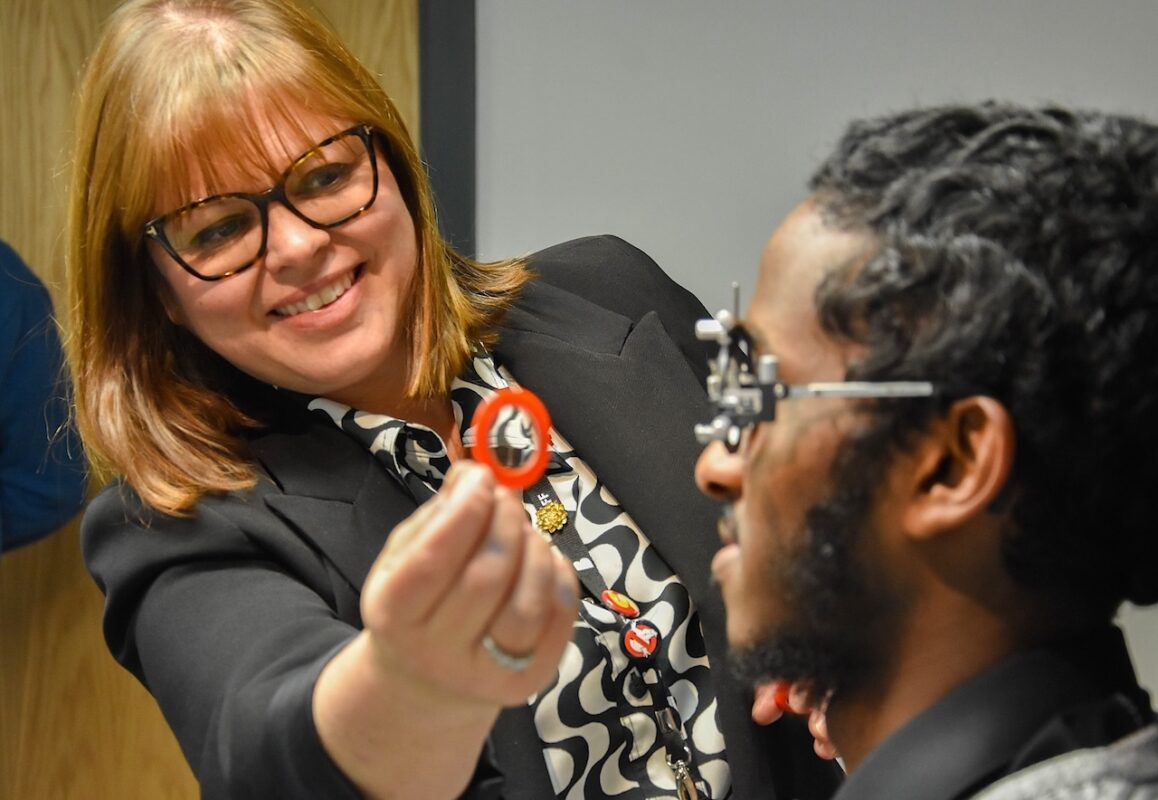Case study: Using technology for effective change

Danesfield School wanted to change its approach to teaching, and support school improvement by making effective use of education technology.
It researched the education technology sector, looking for technological solutions that could help it, while ensuring that the knowledge and skills of existing teaching staff were used and enhanced.
- Danesfield School, Marlow, Buckinghamshire
- Phase: Primary
- Number of pupils: 400
- Website: www.danesfieldschool.com
Technology strategy at a glance
Danesfield School wanted to:
- develop the use of technology across the primary curriculum
- streamline working practices for teaching staff, with a drive on efficiency linked to outstanding outcomes for pupils
As part of the strategy:
- the school became part of the Microsoft Educator Community, a programme that provides support for strategy, teaching and learning, and school improvement through education technology, using materials such as the School Leaders Toolkit
- staff undertook training sessions to help them with tools such as Skype in the classroom
- staff considered tools that aid workload reduction:
- Sway for creating and sharing presentations for teaching
- OneNote, a digital notebook for capturing, storing and sharing a variety of information
- the school also made use of Microsoft Teams to aid communication and planning
The intention was to create experts in different tools, who would lead the rest of the staff.
Tools were trialled before being rolled out. Weekly staff meetings focused on the use of these tools, with a number of staff accredited as Microsoft Innovative Educator Experts.
Some staff also attended external training events, the Bett Show (the largest education technology trade show in the world) and TeachMeet events to learn about other edtech solutions.
The school also hosts and mentors other schools to share their vision for education enabled by technology.
Impact on teacher workload
Office 365 tools are used for collaborative working, allowing staff to:
- work together on planning documents such as lesson planning and assessments
- communicate online
- add files for collaborative sharing/editing to a shared space where they keep meeting notes and agendas
The Canopy cloud-based solution is used for school improvement planning. It provides:
- an online collaborative plan to link up staff and governors, developing the strategy and implementing actions
- a repository of shared examples of strategies used by other schools, potentially helping the school to learn what does and does not work in terms of improvement in other schools
Feedback and assessment in early years
When assessing pupils in the early years, teachers use 2Build a Profile, an online interactive journal to capture images and videos, write observations of children, and immediately share them with parents.
This reduces time preparing for formal reporting at the end of every academic year, as all evidence is on the iPad that parents have access to.
Lesson planning
The digital tools have helped teachers develop and adapt tasks that can be re-used. For example:
- Sway is used to create and share online resources for teaching and learning, which can also be shared between staff, significantly reducing their workload
- tools such as Padlet are used to share lesson materials, with pupils able to click and open documents, web links and videos to quickly and easily access lesson content
Recommendations
Ensure there’s a clear strategy focused on selecting the right tools that not only improve pupil outcomes, but simplify working practices and reduce overall workload.
Look to other schools and external agencies for advice on what works, strategic advice and training opportunities, and undertake a small-scale pilot before rolling any solution out to other schools.
Consider assessment tracking tools that provide not only tracking and reports, but next steps for teaching.
More information
- contact Sarah Morgan, headteacher, at [email protected]
The government does not endorse any particular commercial products, and any products named in this case study are provided as examples only.











Responses